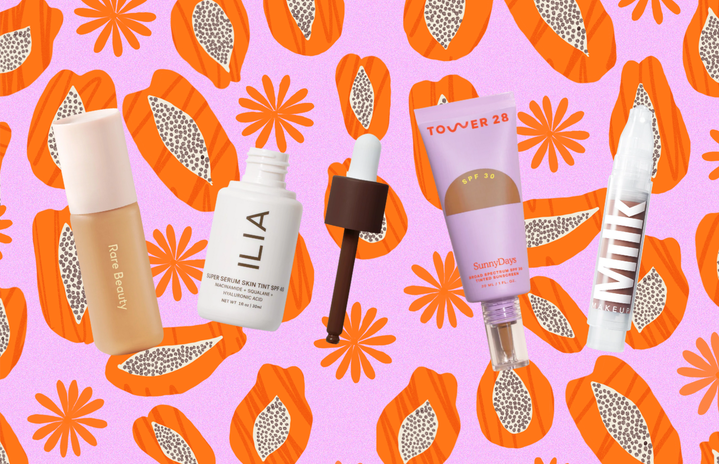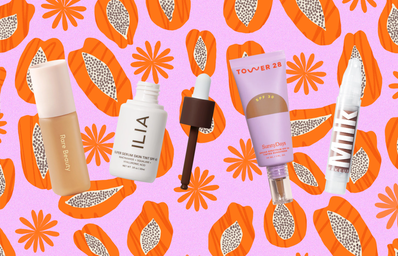De-influencing (noun): when an influencer convinces you not to buy something, in contrast to the traditional influencer role which persuades the audience to purchase whatever product, and subsequently, lifestyle, they have curated (as seen from my late-night TikTok scrolling).
As anyone who spends time on TikTok can see, influencers make up a significant portion of the content creators, and as such, content, that we are exposed to on the app. At least half of the videos on any feed are likely to be some form of advertising, especially those where the creators are explicitly displaying products. I see this in a lot of “get ready with me” videos, shopping trips, and clothing hauls (usually from Amazon or SHEIN). When these creators go viral and grow their following, they step into the influencer role and seem to become someone trustworthy and credible, if only because other people seem to think so.
A huge part of being an influencer is convincing people to buy something, even if it’s never explicitly said. We might watch a viral video of someone getting ready and fall in love with their eyeliner or lipstick and then purchase it just because it looks good on them. Once more people pick it up, it turns into a trend and leads to mass consumption of whatever object went viral.
One of my favorite examples, and a trend I partook in, was the Clinique Black Honey craze. It was nearly impossible to find the sheer Almost Lipstick anywhere for weeks. People went crazy for it, but TikTok moves so fast that before you know it, the trend is over, and everyone is obsessed with the Dior Lip Oil and what dupes e.l.f is coming out with.
The first video I saw referencing de-influencing focused on not spending money on cheap products from places like Amazon and TikTok Shop simply because it’s convenient and the product appears to be advertising a perfectly put-together life (i.e. workout sets). The creator, Laura Girard, also mentions that it’s normal to re-wear fancier clothes and to only have one or two pairs of boots for the fall. She makes her audience question if they really want it or if they just want to be who they think that product will make them be when it arrives.
Her points do lend themselves to a larger conversation about overconsumption and the way we, as a generation, just consume and consume. TikTok specifically plays into this, as the app is designed to make influencers and content creators seem like the norm. Spending $300 on clothes from Amazon must be normal because so many people on TikTok can do it. Buying the same shirt seven times because there are so many cute colors is so normal. It’s an ad on TikTok that I’ve actually seen, influencing young audiences to believe that the norm is to just buy things with no regard for reality and sustainability.
Trends on TikTok move fast. Something going viral right now could be irrelevant in three weeks, making the rate of consumption hard to keep up with. One minute everyone’s obsessed with SHEIN and fast fashion, and the next all you can find in thrift stores are someone’s only-used-once SHEIN corset top and patchwork jeans. They’ll also pop up in Plato’s Closet a lot, more worn than they should look for only being a few years old (I was tricked by a SHEIN sweater at Plato’s once).
Another example is the way a lot of people will buy a new water bottle every time a new one goes viral. After the Hydro Flask, VSCO, and Saving the Turtles era on social media (specifically TikTok), it’s no surprise that yet another water bottle/cup is spreading as an easily marketable product. This could be both because of the bottle itself and because of the lifestyle associated with it. The VSCO girls were cool, trendy, and effortless. I wanted to be a VSCO girl for a little bit, but I refused to pay for the app or the water bottle.
Now, on any college campus in the United States, you’re guaranteed to see at least a couple of Stanley cups (to drink out of, not the hockey trophy), largely popular due to the large handle and straw and the ability to keep drinks cold for a long time.
The Stanley cups emulate the “clean girl” aesthetic, mostly made up of simple gold jewelry (it can be silver too), precise makeup, neatly pulled-back hair, and athleisure wear. The Stanley cup started as an efficient water bottle, mainly used by serious campers, though the intended audience did eventually shift to women. With this shift in advertising, it’s easy to see how the cup got so popular among TikTok users, as there’s a reasonable basis for the functionality of the cup. However, as good as the cup may be, purchasing it repeatedly just to have different colors and designs contributes directly to the overconsumption process that led to people starting to de-influence in the first place.
There was a slight shift from the initial de-influencing videos to what comes up if you simply search “de-influencing” in TikTok’s search bar. Now, I see a lot more videos containing negative reviews on certain products while subtly nudging me towards other, similar products deemed better by a “trustworthy” influencer, rather than nudging me away from spending money on something I don’t need. However, de-influencing still exists to convince others that they don’t need something just because it’s trending or that just because they liked it so much, they need to have three more in different colors. It’s still meant to help cut down on the waste we accumulate by consistently yielding to capitalism and consuming more than we need to.
Want to see more HCFSU? Be sure to like us on Facebook and follow us on Instagram, Twitter, TikTok, and Pinterest!


